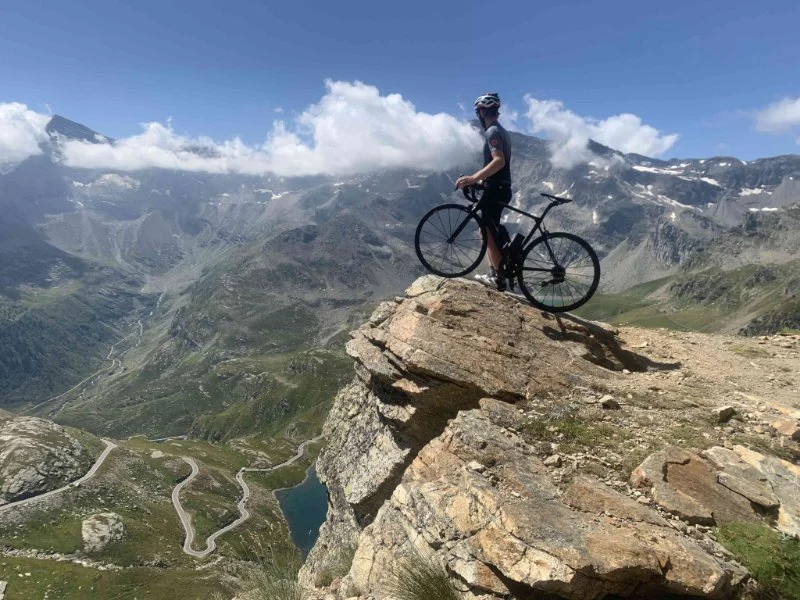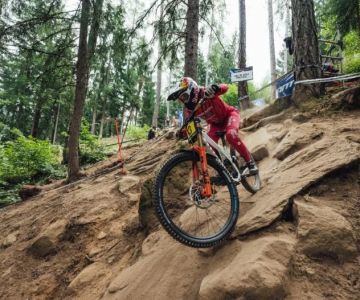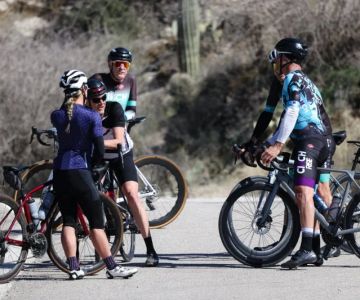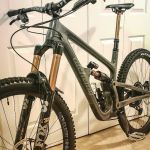 What’s the Best Cadence for Climbing Hills? Tips for Optimal Performancebest cadence for climbing hills, cycling cadence, optimal cadence for hills, cadence for cycling uphill, best gear ratio for hills, cycling uphill tipsWondering what the best cadence is for climbing hills? Learn how to find the optimal cadence for your cycling hills to boost your performance and make your rides more efficient.
What’s the Best Cadence for Climbing Hills? Tips for Optimal Performancebest cadence for climbing hills, cycling cadence, optimal cadence for hills, cadence for cycling uphill, best gear ratio for hills, cycling uphill tipsWondering what the best cadence is for climbing hills? Learn how to find the optimal cadence for your cycling hills to boost your performance and make your rides more efficient.- 1. Introduction
- 2. Understanding Cycling Cadence
- 3. Why Cadence Matters for Hill Climbs
- 4. Finding Your Optimal Cadence for Hills
- 5. Tips for Improving Hill Climbing Performance
- 6. Conclusion
1. Introduction
Climbing hills on a bike can be one of the most challenging yet rewarding aspects of cycling. While there are many factors that contribute to a successful climb, cadence is arguably one of the most important. Understanding what cadence works best for you when tackling a hill can make all the difference in your performance, endurance, and overall experience.
In this article, we’ll explore what cadence is, why it’s important for climbing hills, and how you can find the optimal cadence for your cycling needs. Whether you're a seasoned cyclist or just getting started, this guide will help you improve your hill-climbing skills.
2. Understanding Cycling Cadence
Cycling cadence refers to the number of pedal strokes you complete per minute while cycling. It’s an important metric for cyclists because it directly impacts your speed, efficiency, and energy expenditure. In simple terms, it’s how fast you are pedaling during a ride.
Generally, a higher cadence (faster pedaling) is more efficient for maintaining speed, while a lower cadence (slower pedaling) may be used for power and strength, especially when climbing hills. However, finding the right cadence for different types of riding—especially uphill—can significantly impact your performance.
3. Why Cadence Matters for Hill Climbs
When climbing hills, cadence becomes even more important because it allows you to maintain a steady rhythm while managing your energy. A consistent cadence can prevent you from tiring out too quickly and help you push through steep sections more efficiently.
3.1 Efficiency and Power
Climbing hills requires both efficiency and power. Pedaling too slowly can make the climb feel much harder and strain your muscles. On the other hand, pedaling too fast can lead to burnout and inefficient energy use. The right cadence helps you find a balance between power and endurance, which is essential for a successful hill climb.
3.2 Preventing Fatigue
When tackling a hill, maintaining a moderate cadence allows your body to use its aerobic system rather than relying too heavily on your anaerobic system. This helps to delay fatigue, allowing you to sustain a higher output for longer periods of time without burning out.
4. Finding Your Optimal Cadence for Hills
The ideal cadence for climbing hills will vary depending on several factors such as your fitness level, the steepness of the hill, and the gear you are using. However, most cyclists find that an ideal cadence for hill climbing falls between 60 and 80 revolutions per minute (RPM).
4.1 Beginner Cyclists
If you're new to cycling, start by focusing on maintaining a cadence closer to 60 RPM. This allows you to conserve energy while still making steady progress up the hill. As you build strength and endurance, you can experiment with increasing your cadence to find the pace that works best for you.
4.2 Experienced Cyclists
More experienced cyclists tend to ride at higher cadences—typically between 70 and 90 RPM—especially when tackling moderate hills. Higher cadences help improve cardiovascular efficiency, reduce muscle fatigue, and maintain a consistent speed. However, if you’re facing a particularly steep hill, it might be best to slow your cadence slightly to conserve energy and avoid burning out too quickly.
4.3 Choosing the Right Gear
Your cadence is closely tied to the gear you are using. A lower gear will allow you to maintain a higher cadence on steep hills, while a higher gear may require a slower cadence but will provide more power. Adjusting your gears throughout the climb can help you find the ideal cadence and prevent unnecessary strain.
5. Tips for Improving Hill Climbing Performance
To make your hill climbs more efficient and enjoyable, consider these tips:
5.1 Practice Cadence Control
One of the best ways to improve your climbing cadence is to practice cadence control. On flat terrain, experiment with different cadences to find your optimal rhythm. Try using a cycling computer or app to monitor your cadence, and make adjustments as needed during your ride.
5.2 Focus on Consistency
When climbing hills, try to maintain a steady cadence rather than fluctuating between fast and slow pedaling. Consistency helps conserve energy and keeps your muscles from fatiguing prematurely. Use your gears to adjust the resistance rather than adjusting your cadence too much.
5.3 Build Strength and Endurance
Climbing hills is not just about cadence—it’s also about strength and endurance. Incorporate hill training into your routine to build the muscles needed for tougher climbs. Focus on strengthening your quadriceps, hamstrings, and calves, and build endurance with interval training to improve your overall cycling performance.
6. Conclusion
Finding the right cadence for climbing hills is crucial to maximizing your performance and efficiency on the bike. By experimenting with different cadences and gearing strategies, you can find the ideal rhythm that works for you. Whether you're a beginner or an experienced cyclist, understanding cadence and how it impacts your hill climbing will help you tackle climbs with greater ease and confidence.
For more tips on cycling performance and the best gear for hill climbing, visit Cycling Guider for expert advice and recommendations.







 Billet BMX5.0 (2 reviews)
Billet BMX5.0 (2 reviews) Far East Children Bicycle Factory1.0 (1 reviews)
Far East Children Bicycle Factory1.0 (1 reviews) Archer Motorsports, Inc.4.0 (8 reviews)
Archer Motorsports, Inc.4.0 (8 reviews) YEP Bike Works4.0 (55 reviews)
YEP Bike Works4.0 (55 reviews) Gorham Bike & Ski4.0 (498 reviews)
Gorham Bike & Ski4.0 (498 reviews) Alchemy Bikes4.0 (37 reviews)
Alchemy Bikes4.0 (37 reviews) How to Teach Kids to Ride a Bike: A Step-by-Step Guide for Parents
How to Teach Kids to Ride a Bike: A Step-by-Step Guide for Parents Tips for Riding on Busy City Streets: Smart Strategies for Urban Cyclists
Tips for Riding on Busy City Streets: Smart Strategies for Urban Cyclists Best US National Parks for Mountain Biking: Ride Epic Trails Across America
Best US National Parks for Mountain Biking: Ride Epic Trails Across America Best Aero Helmets for Time Trials and Racing
Best Aero Helmets for Time Trials and Racing How to Clean and Lubricate Your Bike Chain Like a Pro
How to Clean and Lubricate Your Bike Chain Like a Pro 10 Must-Have Items for Long-Distance Cycling Trips
10 Must-Have Items for Long-Distance Cycling Trips